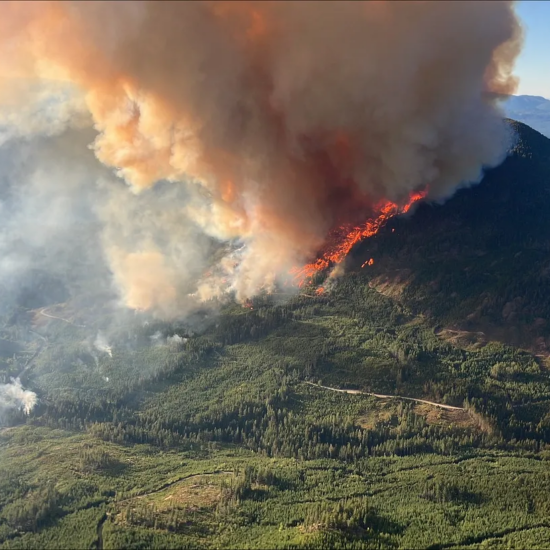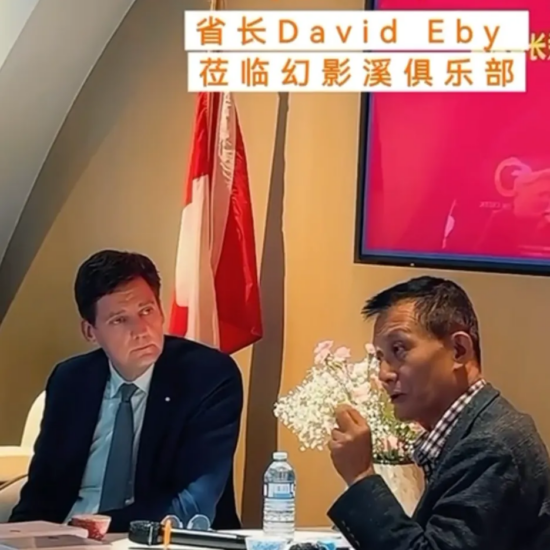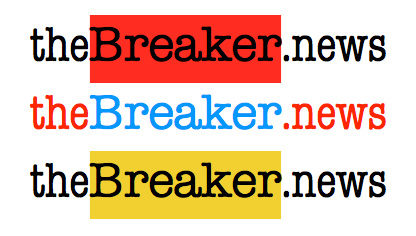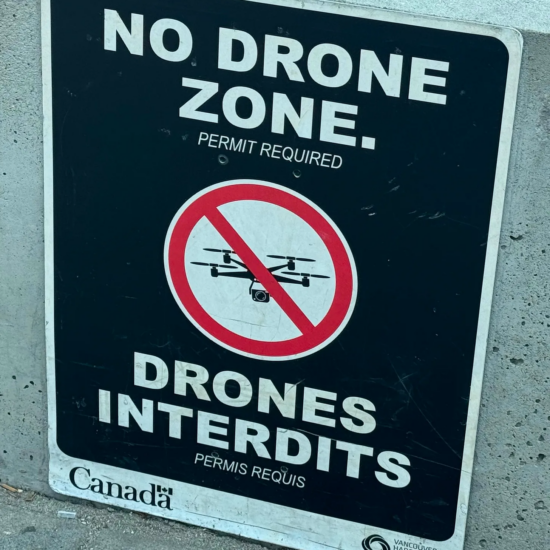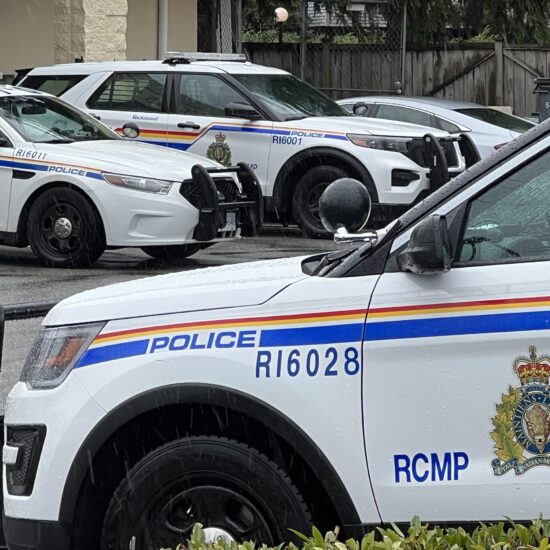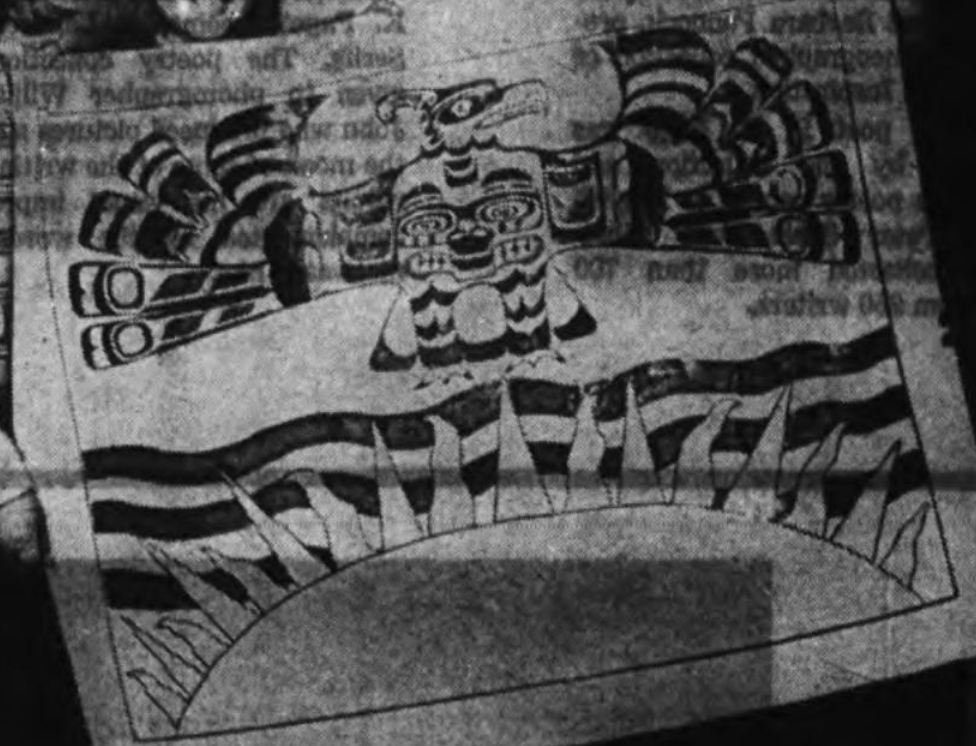
Bob Mackin
One hundred and fifty years ago, on July 20, 1871, British Columbia became Canada’s sixth province.
There is no pomp and circumstance in the capital Victoria, or elsewhere, on July 20, 2021.
The pandemic has put a damper on public events of any size. So has the prevailing political mood, which revolves around recognition of the United Nations Declaration on the Rights of Indigenous Peoples and the unmet goals of Canada’s 2015 Truth and Reconciliation Commission Final Report.
The name of the first Lieutenant Governor, Joseph Trutch, is being removed from a street on Vancouver’s Westside, for his hostile views towards aboriginals. The Mayor of Vancouver, Kennedy Stewart, branded Trutch a racist.

April 12, 1970 Victoria Colonist newspaper
Today’s discourse also includes talk of decolonization, which was also part of the discourse 150 years ago.
The July 20, 1871 edition of the ironically named British Colonist and Victoria Chronicle newspaper proudly proclaimed that day “British Columbia ceased to be a colony of the British Crown by becoming a Province of the Dominion of Canada.”
Many vestiges of the British empire remain. In June 1960, under then Premier W.A.C. Bennett, British Columbia adopted a new flag to replace the colonial one. Since then, it has featured a Union Jack over blue and white waves and a golden sunset.
A decade later, and a year before 1971’s centennial of B.C. joining Confederation, a subversive display of decolonization in a most unlikely place.
A photograph and story in the April 12, 1970 edition of Victoria’s Daily Colonist newspaper about first nations student pride at the Kamloops Indian Student Residence, which was the Kamloops Indian Residential School until 1969.
The same place that has prompted an outpouring of national grief in 2021. Where ground-penetrating radar detected 200 anomalies under an apple orchard on Victoria Day weekend that the Tk’emlups believe are the remains of children from the brutal, government-mandated, Catholic-operated boarding school that opened in 1893.
In the photograph, five smiling students surrounding their proposed redesign of the flag of British Columbia.
They replaced the Union Jack with a thunderbird, the supernatural protector that figures so prominently in aboriginal culture.
British Columbia wasn’t then and isn’t now all British. Neither were they.
The photograph under the page 38 headline “Designs on Recognition,” shows student flag-designers Rose Marie Sampson, Sonia Edmonds, Gerry Denault, Johnny Jules and Delphine Ned.
Students at Kamloops Indian Student Residence aim to put Indians in the history books by getting a thunderbird on B.C.’s flag.
Brother J.J. Heysel, a teacher at the residence, said Thursday in Victoria that the students will submit a flag design to Premier Bennett next week that shows a thunderbird over the B.C. flag’s setting sun.
The students feel it is time the Indian’s place in the history of B.C., and of Canada, was recognized. “Even on the centennial flag,” Heysel said,” The Indian wasn’t mentioned.”
About Canada’s flag Heysel said, “Most people don’t realize that the maple leaf is an Indian symbol. The Indians were the first ones to give us maple syrup, weren’t they, and this is where the symbol originated.”
The students are currently working on a flag design for Alberta, which will include Indian symbols — perhaps a silhouette of a famous chief — and Heysel said by summer the students should be ready to submit a series of four Indian-oriented stamps to the federal government.
Kamloops Indian Residence students’ B.C. flag concept in 1970 (Daily Colonist)
Last year, Heysel said Czechoslovakia issued postage stamps with totem pols and Indian dancers on them, “and there isn’t an Indian within 3,000 miles of there. And we don’t have an Indian stamp in Canada yet.”
Kamloops Indian Student Residence is a hostel for 239 students, Grades one to 12, who attend integrated schools in Kamloops. At the residence, Heysel gives extracurricular classes on Indian culture.
Sometimes the students visit white schools and lecture on Indian culture.
“It’s the Indian student’s time to say, ‘See we had heroes too’,” Heysel said. “You can see it in their faces.”
How was it received by Bennett? I contacted the B.C. Archives and was told the files from Bennett’s office are not easily searchable, in-person or online. Some are still restricted. The Oblates of Mary Immaculate said Heysel died in January 2015.
In 2021, the flag remains the same as the 1960 version.
Maybe it’s time in 2021 to take another look at the Kamloops students’ 1970 concept for a decolonized B.C. flag.
- If you can help shed more light on the 1970 students’ flag project, please contact me.
Support theBreaker.news for as low as $2 a month on Patreon. Find out how. Click here.







